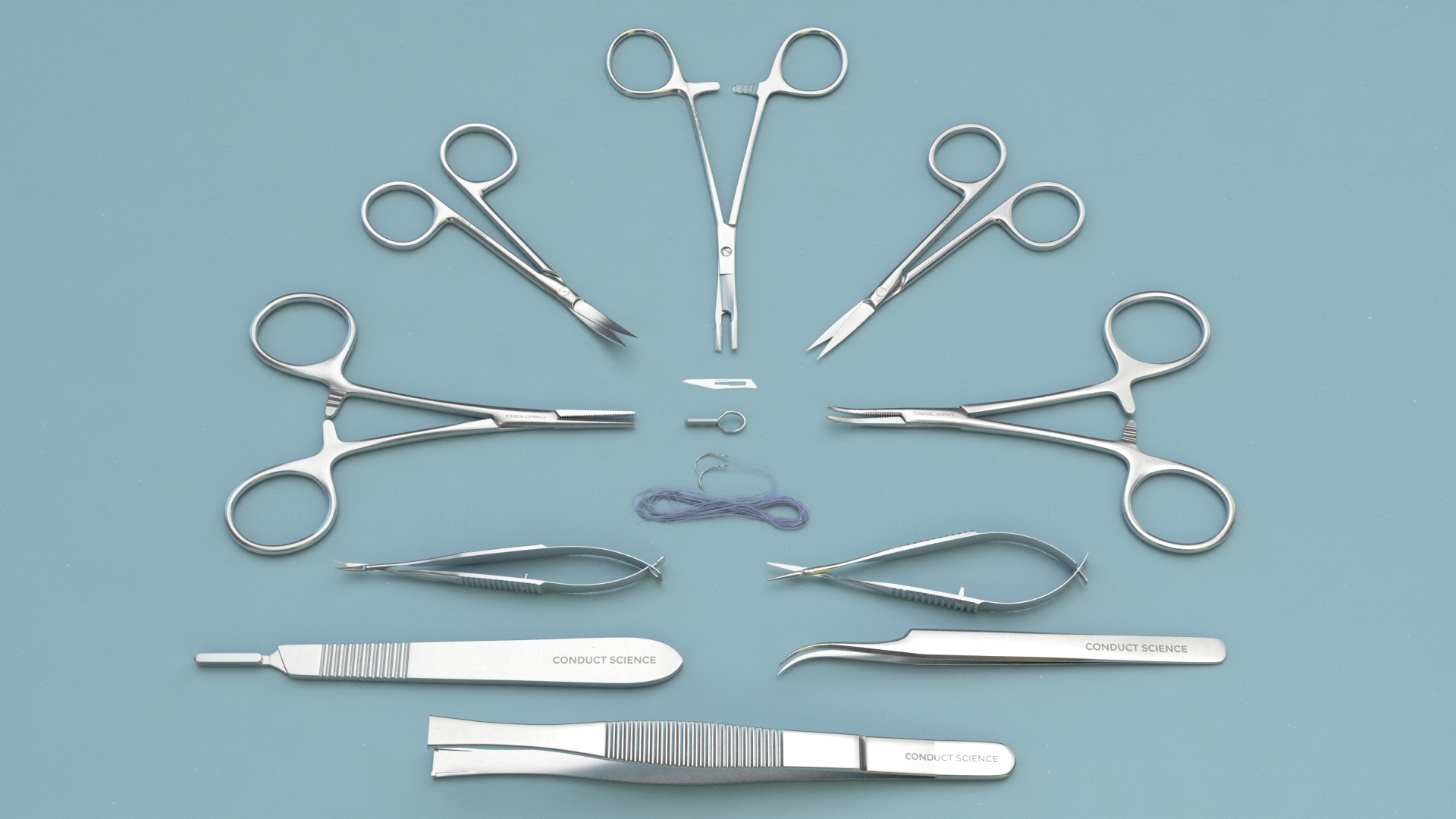Applications
Micro-computed tomography revealed a transient reduction in fracture size four weeks after the fracture, which reached the control level after weeks 6 and 8. Further, infrared spectroscopy confirmed the involvement of a specific compound in increasing the collagen crosslink ratio, which is linked with improving the biomechanical properties of the fracture callus.
Evaluation of the effects of Nrf2 deficiency in fracture healing
The investigation was conducted using genetically modified mice that lacked a specific protein called Nrf2. These mice were subjected to a standard close femoral shaft fracture, while normal mice were used as a control group for the investigation. Results from the investigation revealed that Nrf2 expression is activated during fracture healing. Analysis data suggested that mice without Nrf2 developed significantly fewer callus tissues and showed delayed bone healing and remodeling compared to the control group. From the investigation, it was concluded that Nrf2 played a crucial role in bone regeneration. Thus, it was suggested that modulating Nrf2 activity could have a potential therapeutic effect in fracture healing.
Evaluation of the effects of a compound on bone healing during distraction osteogenesis
Researchers studied the effects of a specific compound on bone regeneration during distraction osteogenesis in mice. The mice were evaluated under two different dosing regimens, and the results showed a significant decrease in the mineralized area of the bone gap in mice treated with the compound compared to the control group. Further analysis confirmed a significant decrease in cellular bone formation in the treated mice. The study concluded a short-term negative effect of the compound in the bone repair process during distraction osteogenesis.
Evaluation of the effect of a protein on fracture repair
Researchers evaluated the role of a specific protein in fracture healing using genetically modified mice that lacked that protein. The mice underwent tibial shaft fracture, and analysis was performed to investigate the effect of the deficiency on the healing processes of the fracture. X-ray radiographs and micro-CT analysis showed that the knockout mice showed accelerated formation and remodeling of the fracture callus compared to the control group. Regarding biomechanical properties examined using the three-point bending test at weeks 3 and 4 post-fracture, the knockout mice showed greater stiffness at day 21. However, no significant difference could be observed between the knockout and control groups on day 28. Although an increase in the ultimate force was observed in the knockout mice, work to failure required was comparable between both groups at days 21 and 28 post-fracture induction. The investigation suggested that down-regulation of the protein activity could be a potential therapeutic approach for accelerating fracture healing based on the observation of accelerated fracture callus mineralization and up-regulated expression of osteoclastogenic genes in the knockout mice.
Evaluation of the effect of local vibration and pulsed electromagnetic field on bone fracture
Male rats that were subjected to tibial osteotomy were utilized to investigate the possible therapeutic effect of local low-magnitude, high-frequency vibrations (LMHFV) and pulsed electromagnetic field (PEMF) on the bone healing process. A mechanical stimulator was used to conduct vibrations for 15 min/day using the clamp method in the LMHFV group to overcome the limitations of whole-body vibrations. This method allowed control of vibration magnitude and frequency while exposing the tibia to the vibration in a fixed position. For the second group, PEMF treatment was performed each day. Both treatments were started 5 days postoperatively. Analysis of the radiographs taken 21 days after the end of the healing process showed enhanced callus formation, obliteration of the fracture line, and bridging of the fracture gap in the treatment group as compared to the control group. The stereological analysis showed a significant difference in the summed area of the new bone area between all three groups. Further, LMHFV treatment was observed to have preserved more trabecula as opposed to the control group. Statistically, a significant difference was also observed between the three groups in terms of cartilage summed-area. Based on the observations made during the investigations, it was suggested that osteoblasts are sensitive to low-magnitude, high-frequency vibrations.
Investigation of bone fracture healing in splenectomized rats
Splenectomy is required in fracture patients with blunt abdominal trauma and failure of conservative management. Researchers investigated the effect that splenectomy has on the bone healing process using rats that underwent femoral fracture. The subjects were then divided into two groups. One of the groups followed the fracture with splenectomy (fracture + splenectomy) while the other group only underwent spleen isolation (fracture group). Splenectomy was performed by making a vertical incision under the left costal margin and isolating the spleen using blunt forceps. Splenectomy was followed by ligation of blood vessels and subsequent removal of the spleen. The abdominal wall and skin incision were then sutured. Results from the investigation suggested splenectomy inhibited the recruitment of macrophages and the production of inflammatory cytokines. Further, fracture healing was delayed in the splenectomy group as evident from the histological analysis.
Investigation of conjugated linoleic acid in promoting fracture healing
Researchers aimed to investigate the fracture healing capabilities of conjugated linoleic acid (CLA) in rats. The rats were maintained on either a basal-only diet or CLA with a basal diet. The rats were subjected to a standard tibial fracture procedure. CLA effect was quantified using combined structural evaluation, biomechanical test, and histological examination. Radiological evaluation of the fracture healing process was assessed on weeks 2, 4, and 6, and the degree of healing was evaluated. Micro-CT analysis at week 6 revealed the CLA group to have significantly higher values for bone mineral density, bone strength index, and cross-sectional area of the callus. Load-to-failure values of the CLA group as determined by the three-point bending test were also statistically significant. The investigation showed that CLA improved the quality and mechanical strength of fracture healing in rat callus, thus suggesting potential therapeutic applications of CLA in fracture healing.
Evaluation of whole-body vibrations in improving fracture healing in ovariectomy-induced osteoporosis rats
Osteoporosis leads to an imbalance in the bone tissue absorption and replacement, resulting in weaker bones that are prone to fractures. This condition is often accelerated by age and is commonly seen in post-menopausal women. In their investigation, researchers investigated the effect of whole-body vibrations on fracture healing in rats that underwent ovariectomy. For their experiment, researchers used female rats that were divided into ovariectomy and sham groups. Ovariectomy was performed by bilateral extraction of the ovaries through a dorsolateral approach. Sham models only had their ovaries exposed but otherwise left undisturbed. Both groups underwent a closed fracture procedure at mid-femur three months after ovariectomy or sham surgery. Three days following the fracture procedure, rats were subjected to whole-body vibration therapy. Both the ovariectomy and sham group received whole-body vibration therapy over the course of 14 or 28 days. Data from the investigation revealed that ovariectomized rats had significantly lower bone density and bone content in comparison to the controls. However, it was also observed that whole-body vibration therapy partially protected against bone loss in the ovariectomized rats though not in the controls. Data analysis from the investigation suggested that vibration therapy led to the improvement of the quality of the bone and fractured bone callus in ovariectomized rats.






Reviews
There are no reviews yet.